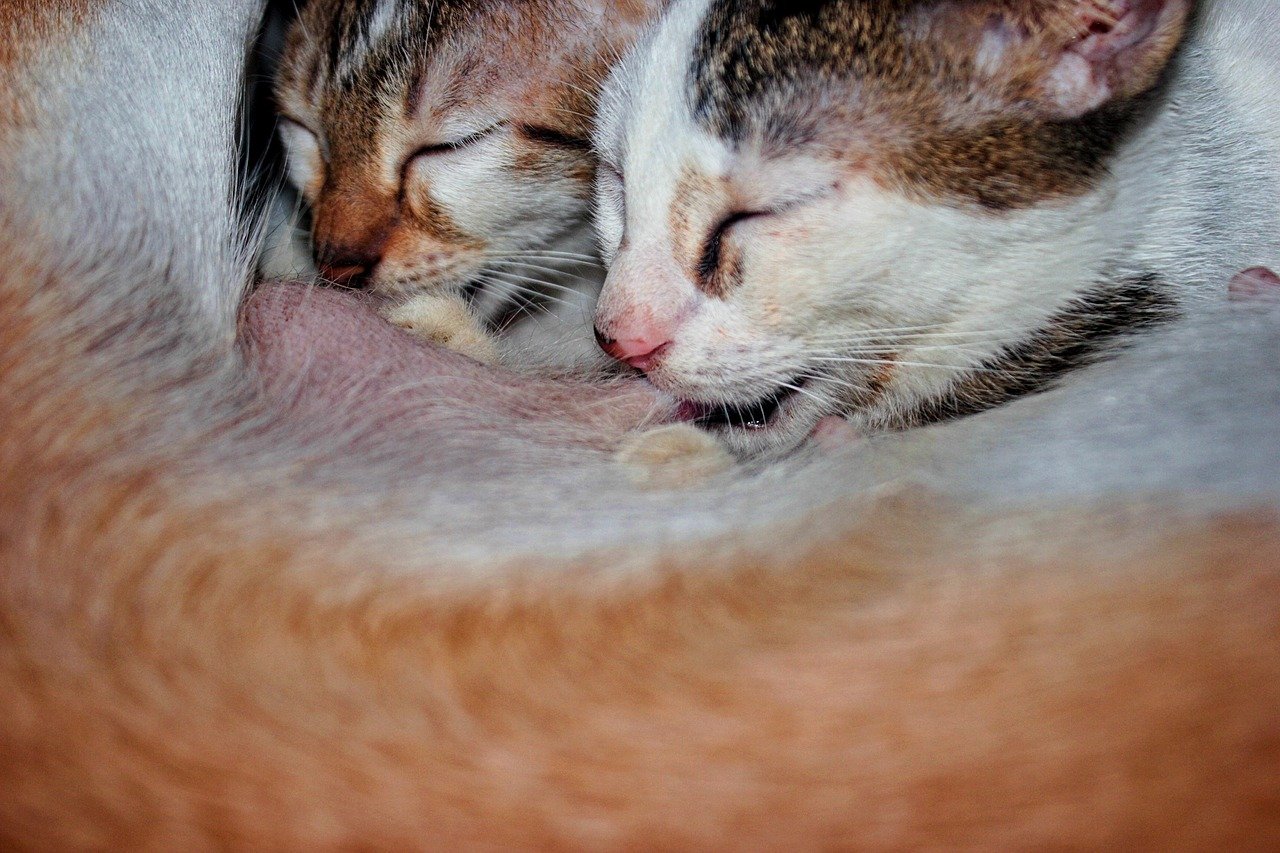Moving to a new home can be as stressful for your cat as it is for you. Cats are creatures of habit and adore familiarity, so a change in their environment can be quite unsettling. Helping your feline friend transition smoothly requires patience, understanding, and a few strategic steps. In this article, we will explore various ways to ease the transition for your cat to ensure they feel safe and secure in their new surroundings.
Understanding Your Cat’s Perspective
Cats are territorial animals. They find comfort in familiar sights, smells, and sounds. When you move to a new home, all these familiar things change, which can be frightening for your cat. Imagine waking up in a place where everything smells different, the view from your window has changed, and the sounds outside are unfamiliar. It’s no wonder your cat might feel disoriented or anxious. Recognizing this perspective can help you empathize with your pet and address their concerns more effectively.
Preparing Your Cat for the Move
Preparation is key to a successful transition. Start by maintaining your cat’s routine as much as possible amidst the chaos of packing. Cats find comfort in routine, so sticking to regular feeding times and play sessions can help minimize stress. Additionally, introduce your cat to their carrier well in advance of the move. Leave it open in their favorite room, perhaps with a soft blanket and some treats inside, so they can explore it at their own pace.
Creating a Safe Space in the New Home
Once you arrive at your new home, it’s crucial to set up a safe space for your cat. This should be a quiet area where they can retreat whenever they feel overwhelmed. Equip this space with familiar objects such as their bed, toys, and litter box. Think of it as a sanctuary that offers comfort and security amidst the unfamiliar surroundings. Over time, as your cat begins to explore the new home, they will return to this space whenever they need reassurance.
Introducing Your Cat to the New Environment

Gradual introduction to the new environment is the best approach. Start by allowing your cat to explore one room at a time. This gradual exposure can prevent your cat from feeling overwhelmed. As they become comfortable, gradually open up more areas of the house for them to explore. Remember to keep doors to dangerous areas, like the basement or attic, closed until your cat is fully acclimated.
Maintaining Consistency with Feeding and Playtime

Continuity is comforting for cats. Maintaining consistent feeding times and play sessions can help them feel secure. Make sure to feed your cat at the same times you did in the old home and engage them in interactive play. This consistency reinforces a sense of normalcy, letting your cat know that while the environment has changed, their loving routine with you remains the same.
Avoiding Over-Stimulation

Cats can easily become overwhelmed with too many changes at once. During the initial days in the new home, try to keep things as calm and quiet as possible. Avoid hosting parties or having too many visitors, as this can add to your cat’s stress. Allow your cat the time they need to adjust, adapting at their own pace without the pressure of constant activity around them.
Using Familiar Scents
Scent plays a significant role in a cat’s world. Bringing familiar scents into the new home can provide comfort. Consider rubbing a soft cloth on your cat’s face and then rubbing it on furniture and corners in the new home. This can help transfer their scent, making the new space feel more familiar. Additionally, using pheromone diffusers can help reduce anxiety and promote a sense of well-being.
Monitoring Your Cat’s Behavior

Keep an eye on your cat’s behavior during the transition. It’s normal for them to be a bit out of sorts during the first few days. However, if you notice signs of extreme stress, such as excessive hiding, aggression, or changes in eating habits, it might be time to consult a veterinarian. Behavioral changes can sometimes indicate health issues, so it’s always better to err on the side of caution.
Providing Plenty of Hiding Spots
Cats love to have hiding spots where they can retreat and feel safe. In the new home, make sure there are plenty of places for your cat to hide. This could be under a bed, inside a closet, or behind a couch. Having these spots available allows your cat to retreat when they need a break, providing them with a sense of security.
Encouraging Exploration

Encouraging your cat to explore their new environment is an essential part of the transition. Use toys and treats to entice them to investigate new areas of the house. However, allow them to explore at their own pace. Some cats might be ready to venture out immediately, while others may need more time. Patience is key here.
Ensuring Access to Necessities
Make sure your cat has easy access to their necessities, such as food, water, and litter box. These should be placed in quiet, easily accessible areas. If your new home has multiple floors, consider setting up stations on each level to make things convenient for your cat. This setup can help prevent accidents and ensure your cat feels comfortable in their new environment.
Introducing New Family Members Gradually
If your new home includes additional family members, whether human or animal, introduce them to your cat gradually. Sudden introductions can be overwhelming and lead to stress. Allow your cat to approach new family members at their own pace, using treats and toys to facilitate positive interactions.
Managing Outdoor Access

If your cat is used to being outdoors, it’s important to manage their access carefully in the new environment. Keep them indoors for at least a few weeks to allow them to become familiar with their new home. When you do let them outside, supervise them initially to ensure they don’t get lost or overwhelmed. Gradually increase their outdoor time as they become more comfortable.
Keeping Stress Levels Low
Stress management is crucial during a transition. Keep your own stress levels in check, as cats often pick up on their owners’ emotions. Maintain a calm demeanor during the move and in the initial days at the new home. This calmness can help reassure your cat that everything is alright.
Using Positive Reinforcement
Positive reinforcement can work wonders in helping your cat adapt to their new home. Reward your cat with treats and praise whenever they explore a new area or exhibit calm behavior. This positive association can encourage them to continue exploring and adapting to their new surroundings.
Consulting with a Veterinarian
If you have concerns about your cat’s adjustment, don’t hesitate to consult with a veterinarian. They can provide valuable advice and, if necessary, recommend products or treatments that can help ease your cat’s transition. Veterinarians are a great resource for ensuring your pet’s well-being during stressful times.
Building New Routines
Building new routines can help your cat feel more settled in their new home. Establish regular feeding times, play sessions, and cuddle moments. These routines provide a sense of predictability and comfort, reinforcing the bond between you and your cat.
Being Patient and Understanding
Every cat is unique, and their adjustment period will vary. Some cats may take only a few days to settle in, while others may need weeks. Be patient and understanding throughout the process. Your cat is counting on you to provide love and support during this challenging time.
Celebrating Small Progress
Celebrate each small step your cat takes towards feeling comfortable in their new home. Whether it’s venturing into a new room or interacting with new family members, these are all accomplishments. Acknowledge and reward these moments, as they signify your cat’s growing confidence and comfort.
Conclusion
Helping your cat transition to a new home smoothly requires empathy, patience, and careful planning. By understanding your cat’s needs and taking proactive steps to address their concerns, you can create a nurturing environment that fosters security and happiness. Remember, every cat is unique, and the journey to feeling at home may take time. With your loving support, your feline friend will soon embrace their new surroundings with confidence and contentment.
Hi, I’m Bola, a passionate writer and creative strategist with a knack for crafting compelling content that educates, inspires, and connects. Over the years, I’ve honed my skills across various writing fields, including content creation, copywriting, online course development, and video scriptwriting.
When I’m not at my desk, you’ll find me exploring new ideas, reading books, or brainstorming creative ways to solve challenges. I believe that words have the power to transform, and I’m here to help you leverage that power for success.
Thanks for stopping by, Keep coming to this website to checkout new articles form me. You’d always love it!






